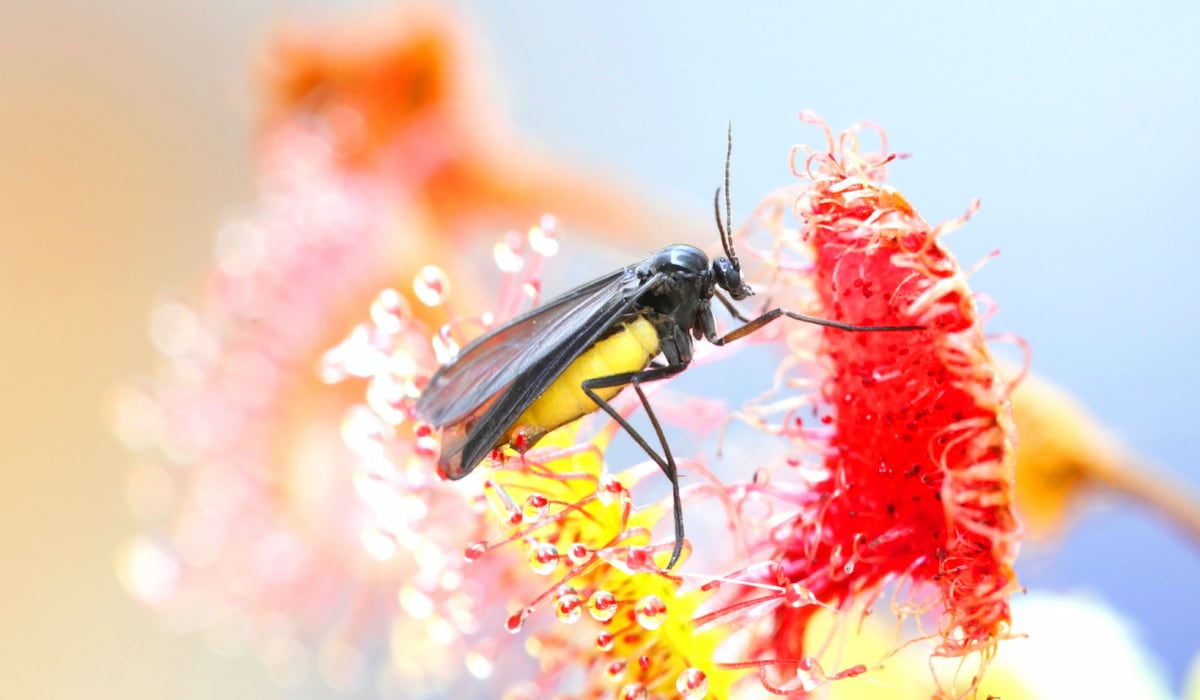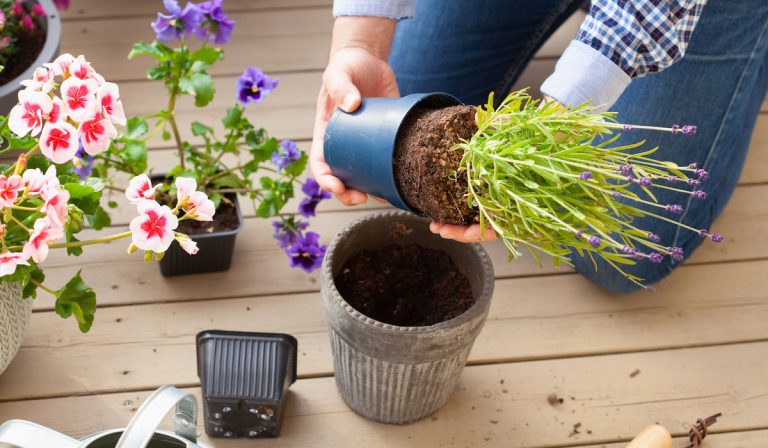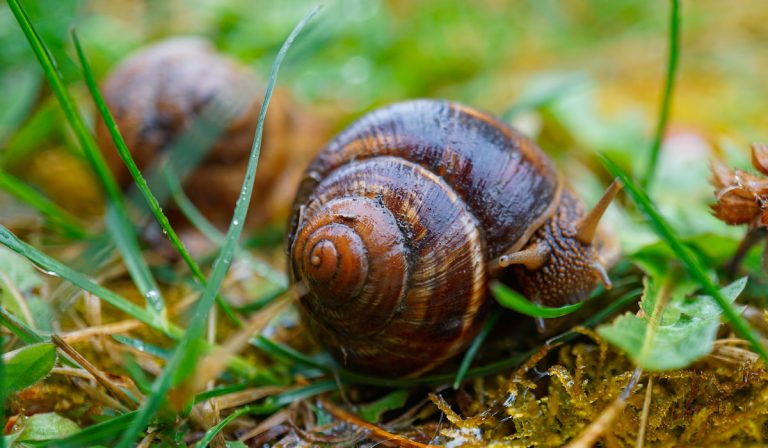Do Fungus Gnats Bite? (and 9 Other Fungus Gnat Facts)
Walking into your greenhouse and seeing gnats flying around everywhere can be alarming. Where did all of these bugs come from and what’s keeping them alive? What can you do to get rid of them?
Usually, the gnats you see inside of your greenhouse or other places in the garden are called fungus gnats.
They love being around houseplants and garden vegetables. They don’t bite or transmit disease to humans, so they aren’t really a threat to you or anyone else in your home or greenhouse.
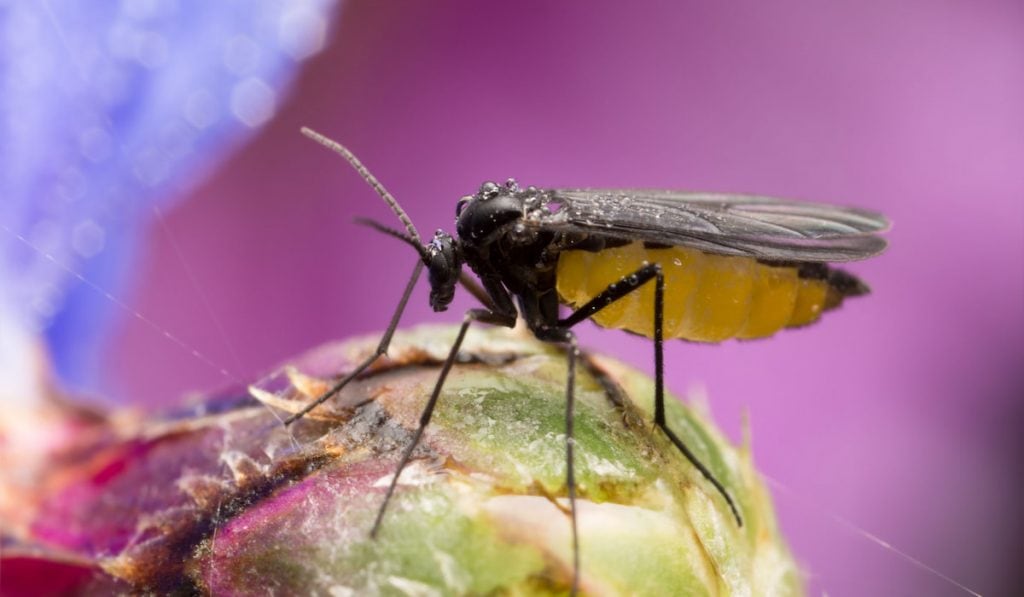
Fungus gnats are hungry for stems and leaves. They tend to go for seedlings and other vulnerable plants, so they are of particular concern to gardeners across the country.
These are small bugs that are hard to smack with your hands, so if you want to get rid of them, you’re going to have to try something new.
Here’s some helpful information on fungus gnats and what you can do to fight them. With some of these steps, you can protect your garden and stop these bugs from getting to them.
Table of Contents
How You Get a Fungus Gnat Infestation
Fungus gnats are small insects that look like mosquitoes but tend to be smaller. You can usually find them hovering around plants or leftover food in dishes in the sink that haven’t been washed yet.
They’re fairly fragile insects, and they earn their name from eating fungus and plant roots in your garden or living room. A lot of people mistake these bugs for fruit flies.
Fungus gnats do well in humid environments where houseplants have a lot of moisture in the soil. It makes it easy for eggs to thrive and there is a ready ecosystem for baby fungus gnats to munch on and grow.
If you’re somewhere with colder weather in the winter months, you may see more fungus gnats in your house or greenhouse after you move outdoor plants inside.

9 Fungus Gnat Facts
Gnats Are Just a Nuisance
Fungus gnats don’t pose any threat to you or anyone in the house. They don’t transmit any diseases to humans, don’t threaten your pets, and don’t bite. They won’t burrow into your walls or cause any other sort of property damage.
Getting rid of them is a good idea because no one wants gnats flying around their house, but it’s not really an emergency if you see a fungus gnat flying around your plants.
Getting Rid of Them Is Hard
Eradicating a fungus gnat infestation can be a challenge. They burrow into the soil and eggs can keep hatching long after you apply bug spray to the area.
A lot of people struggle with infestations because they want to keep their plants healthy. Hiring a pest control service may be your best bet.
They Need Water to Survive
Again, fungus gnats need water to survive. If your soil is drier, they will have a harder time surviving. Avoid over-watering your plants if you’re trying to reduce the number of fungus gnats in your house or your garden.
They don’t so much need standing water but instead look for watery, moisture-rich soil where they can lay their eggs.
Fungus Gnats Burrow 1-2 Inches Deep
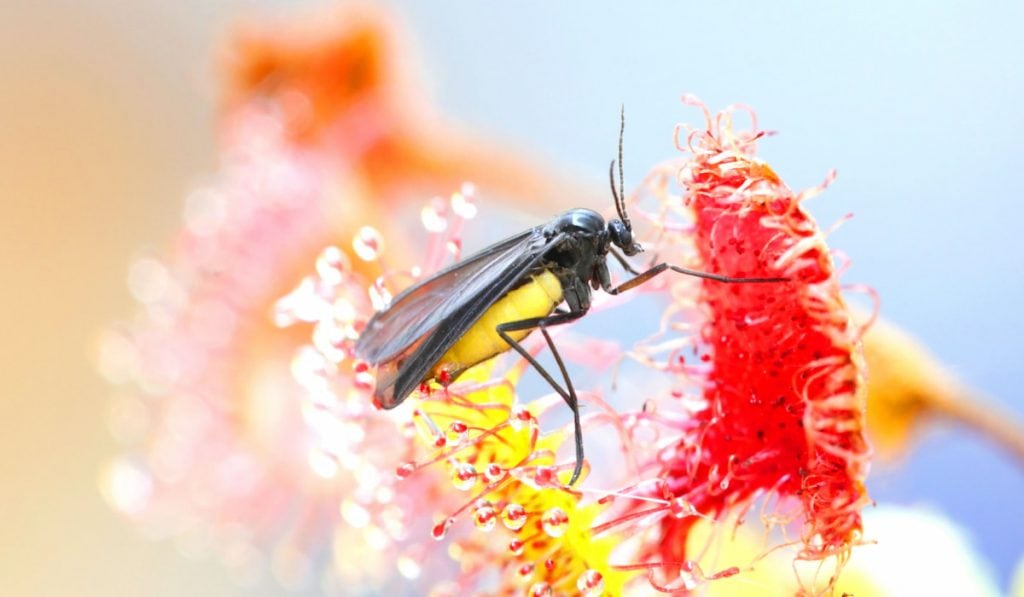
These are small bugs, so they’re not digging all the way to the bottom of your planters. Typically, fungus gnats will only go a couple of inches deep into the soil.
If you can keep the top level of your plants dry, it will make it harder for eggs to stay alive.
Female Fungus Gnats Lay Up to 200 Eggs
Fungus gnats don’t live long. Usually, a female fungus gnat will only be alive for a week or so.
During that time, though, they can lay up to 200 hundred eggs at once in your plants. When you multiply that out, you can see that it’s easy for fungus gnats to ramp up in just a short amount of time.
You can go from noticing one or two at a time to dealing with large numbers of gnats that can be a big annoyance.
You’ll Find Them in Decaying Plants
If you’ve got old or decaying plants in humid areas, that’s likely where you’ll find most of the fungus gnats. It’s usually easier for fungus gnats to get to the roots they love to eat in decaying vegetation, so it’s a good place to look.
You can throw away older roots and plants or move them outside to fight off the gnats.
Yellow Leaves Could Be a Sign of Fungus Gnats
If left unchecked, fungus gnats can weaken your plants and they will start to show it.
If you’re watering your indoor plants, giving them plenty of sunlight, and doing everything else that you think they should, your problem could be fungus gnats.
These small animals are hard to notice sometimes in greenhouses or plants in a big property where it’s tough for you to do the rounds all of the time.
If you start to see leaves turning yellow, it may be because the fungus gnats are eating the plant’s roots and it is sick.
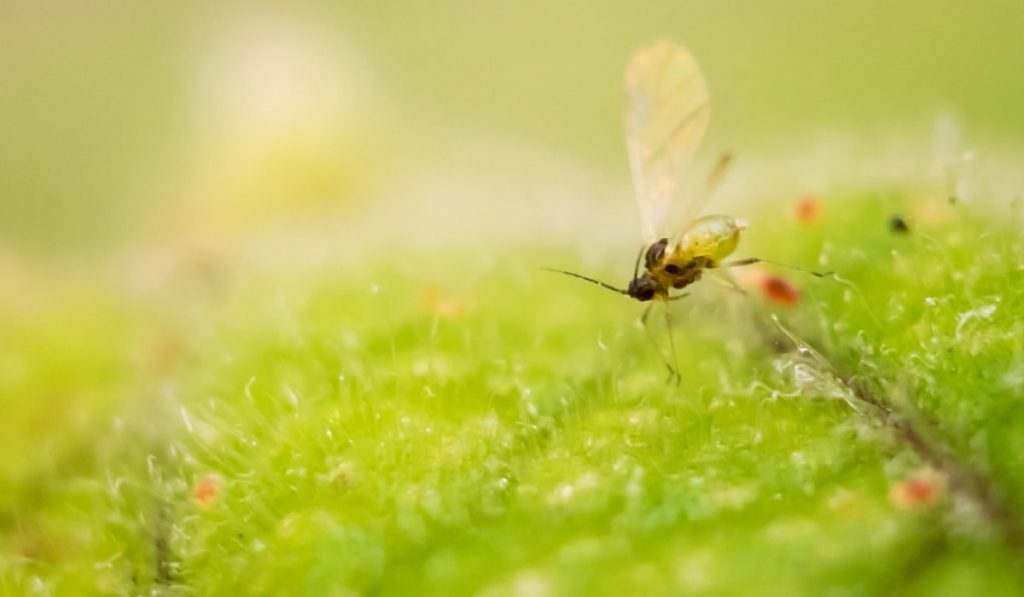
The Eggs Are Too Small to See
Fungus gnat eggs are super small. You’re not going to see them sitting in your planter if you dig through the first couple of inches of dirt looking for them.
They only measure around one-hundredth of an inch, which is barely visible to the naked eye. If you’re looking for them, odds are you won’t find them and it only takes 4-6 days in the dirt for them to develop into small maggots and start finding their way toward the roots where they will feed on your plant.
It Takes 6 Days for Gnats to Grow to Full Size
If you are like most people, you won’t notice that you have a fungus gnat problem until there are several of them flying around your house plants or bothering your flowers in the greenhouse.
At that point, they’ve probably been living in your soil for days and are laying eggs that will be fully-grown fungus gnats in no time.
On average, it takes 6 days for a fungus gnat egg to become a fully-grown gnat. During that time, they’re in your plants as a maggot, eating up your roots and possibly spreading some sort of infection to your plants. Once they emerge from the soil, they have about a week to live.
Fungus gnats are about a tenth of an inch long. They have long legs and can fly, so you may have a hard time killing them once you see them.
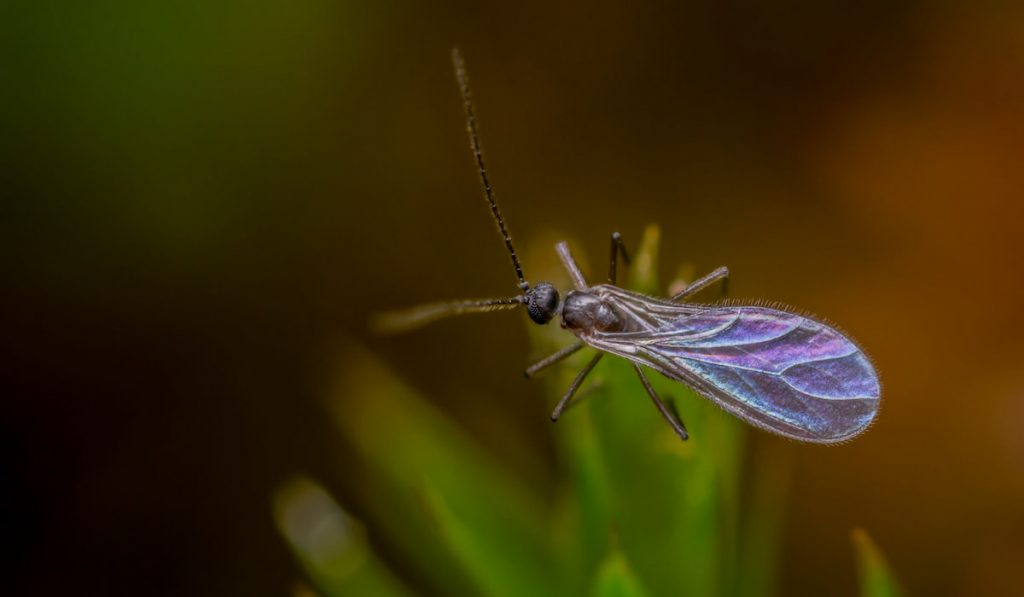
Final Thoughts
Dealing with fungus gnats can be a big pain, especially if you’re worried about taking care of young seedlings and other plants you’ve spent a lot of time caring for.
While they’re not a threat to humans, they can be a massive nuisance. If you want to get rid of fungus gnats, you can try to stop watering your plants as much, move older plants outside to limit their food source, or call a pest control service to come help.
Professional pest control companies deal with fungus gnats all the time, and they should be able to make quick work of your infestation without doing any damage to your plants.

